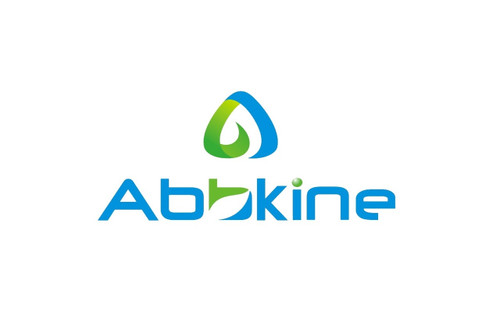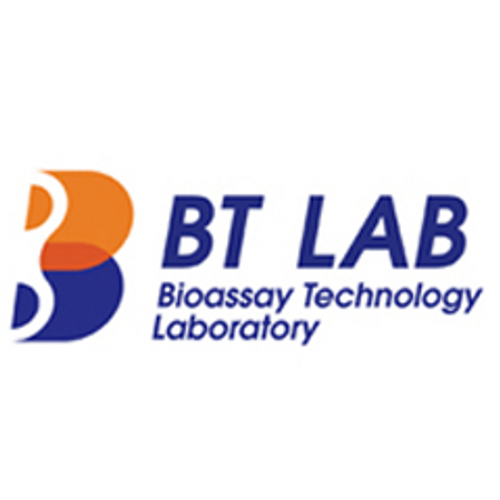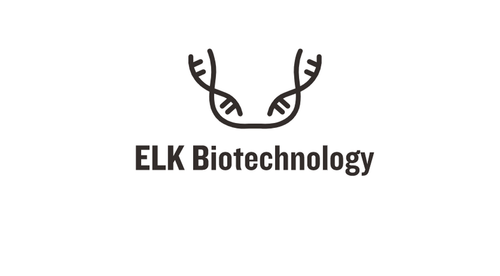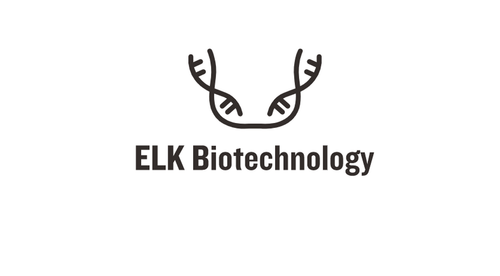Product Description
Human Glucocorticoid (GC) ELISA Kit | AE58687HU | Abebio
Species Reactivity: Human (Homo sapiens)
Abbreviation: GC
Alternative Name: DBP; DBP/GC; GRD3; VDBG; VDBP; vitamin D-binding alpha-globulin|vitamin D-binding protein
Application: ELISA
Range: 18.52-1500 pg/mL
Sensitivity: 7.54 pg/mL
Intra-Assay: ≤4.0%
Inter-Assay: ≤7.8%
Recovery: 0, 99
Sample Type: Serum, Plasma, Other biological fluids
Detection Method: Sandwich
Analysis Method : Quantitive
Test Principale: This assay employs a two-site sandwich ELISA to quantitate GC in samples. An antibody specific for GC has been pre-coated onto a microplate. Standards and samples are pipetted into the wells and anyGC present is bound by the immobilized antibody. After removing any unbound substances, a biotin-conjugated antibody specific for GC is added to the wells. After washing, Streptavidin conjugated Horseradish Peroxidase (HRP) is added to the wells. Following a wash to remove any unbound avidin-enzyme reagent, a substrate solution is added to the wells and color develops in proportion to the amount of GC bound in the initial step. The color development is stopped and the intensity of the color is measured.
Product Overview: Glucagon has a major role in maintaining normal concentrations of glucose in blood, and is often described as having the opposite effect of insulin. That is, glucagon has the effect of increasing blood glucose levels. Glucagon is a linear peptide of 29 amino acids. Its primary sequence is almost perfectly conserved among vertebrates, and it is structurally related to the secretin family of peptide hormones. Glucagon is synthesized as proglucagon and proteolytically processed to yield glucagon within alpha cells of the pancreatic islets. Proglucagon is also expressed within the intestinal tract, where it is processed not into glucagon, but to a family of glucagon-like peptides (enteroglucagon) .
Stability: The stability of ELISA kit is determined by the loss rate of activity. The loss rate of this kit is less than 5% within the expiration date under appropriate storage condition. The loss rate was determined by accelerated thermal degradation test. Keep the kit at 37°C for 4 and 7 days, and compare O.D.values of the kit kept at 37°C with that of at recommended temperature. (referring from China Biological Products Standard, which was calculated by the Arrhenius equation. For ELISA kit, 4 days storage at 37°C can be considered as 6 months at 2 - 8°C, which means 7 days at 37°C equaling 12 months at 2 - 8°C) .
 Euro
Euro
 USD
USD
 British Pound
British Pound
 NULL
NULL












